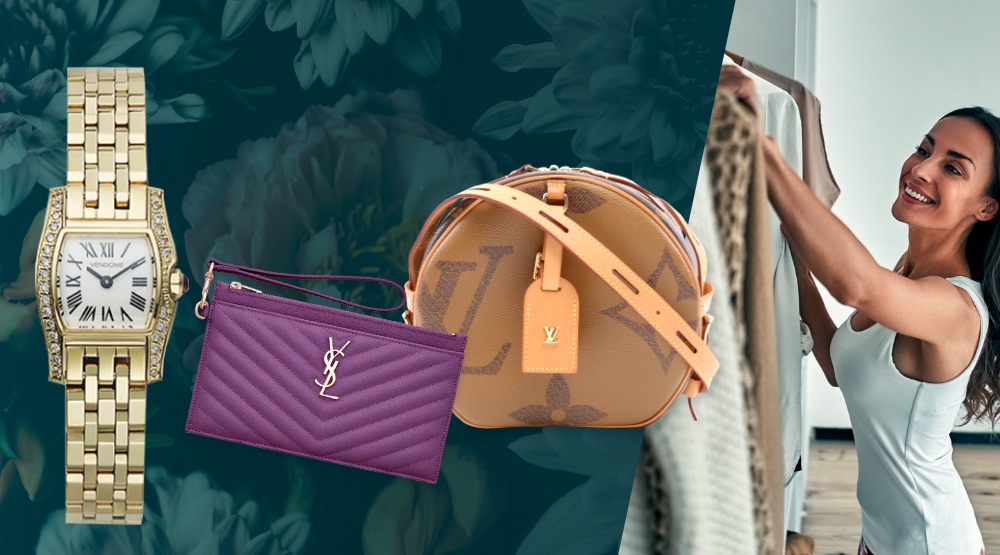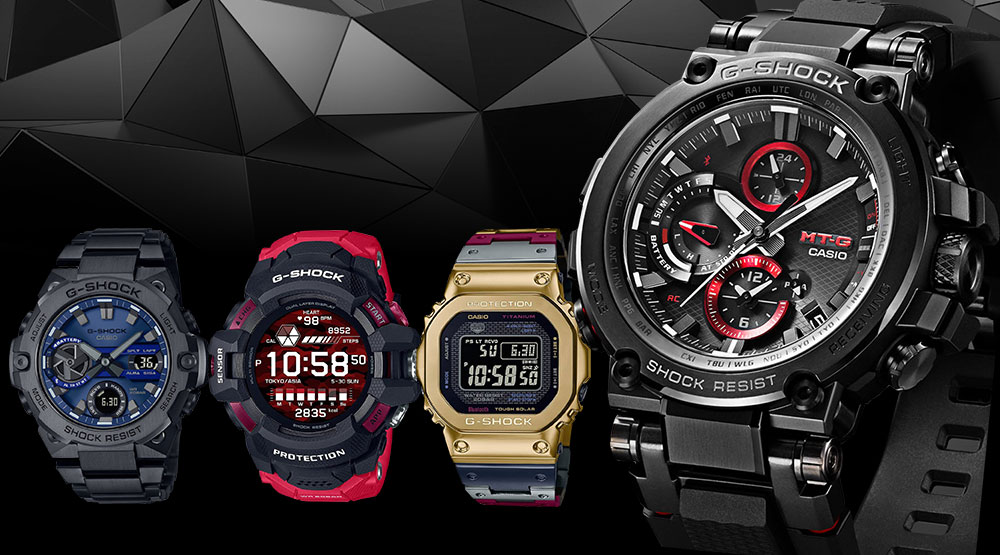Rubrique spéciale – Mode Homme
Découvrez dans cette rubrique consacrée à la mode masculine des produits mettant en valeur un style mature et sophistiqué, parfaitement adapté à l’univers professionnel.
Trouvez une sélection d’articles et d’accessoires de mode tendance au Japon, allant des tenues habillées aux vêtements décontractés !
-
- Politique d’expédition
- La livraison d’une commande peut être entravée par la présence d’un article qui ne peut être dédouané dans le pays de destination ou qui pourrait représenter un danger lors du transport international. Buyee veille à ce qu’aucun article interdit ne soit affiché sur son site, mais la possibilité qu’un tel article soit proposé via l’un de nos partenaires n’est pas à exclure. Veuillez noter que notre garantie ne couvre pas les articles interdits, il est ainsi de votre responsabilité de vous assurer que votre commande ne contient aucun article interdit.
- Articles interdits pour tous les pays
-
- À propos de l’alcool
- DHL est le seul mode d’envoi permettant le transport international de produits dont le degré d’alcool est supérieur à 24%. Veuillez vous informer sur les éventuelles restrictions à l’importation d’alcool dans votre pays avant de passer commande, car ces restrictions varient d’un pays à l’autre. Notez que l’achat d’alcool est interdit aux personnes de moins de 20 ans.
- À propos de l’expédition des boissons alcoolisées
*Le risque que des produits très demandés soient proposés par des vendeurs malhonnêtes sous forme de contrefaçons existe, soyez donc prudent au moment de l’achat.


